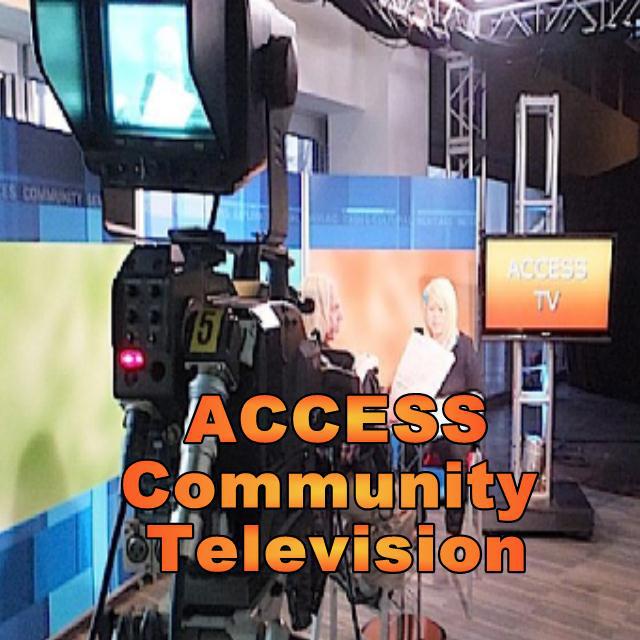Demise of community television sticks in my craw
For those who are not aware of the CRTC policy guidelines, the community television channel (in the case of Shaw Cable’s offering in the Lower Mainland, that is channel 4) is mandated by the Canadian government (CRTC), and paid for out of cable TV subscriber fees. I am unaware of the exact dollar figure that is provided annually to Shaw to allow for community access programming in Greater Vancouver, but my understanding is that it is a seven-figure sum.
Using a Google search for “CRTC Community Television Requirements” I found the policy paper (Public Notice CRTC 2001-129) here:
http://www.crtc.gc.ca/archive/ENG/Notices/2001/pb2001-129.htm
It’s a long document, but it wasn’t hard to find a statement that describes the mandate of community television in Canada.
The existing community channel policy (Public Notice CRTC 1991-59 dated 5 June 1991) states that the role of the community channel should be primarily of a public service nature, facilitating self-expression though free and open access by members of the community. In addition, community programming should complement that provided by conventional broadcasters. Operators of community channels are expected to meet a number of objectives designed to foster the development of programming that reflects the local community and actively promotes public participation.
I have some familiarity with community television. Before Shaw and Rogers decided to swap territories and consolidate holdings in the West and Ontario respectively, Rogers was the largest cable company in greater Vancouver. Both Rogers and Shaw ran impressive community access programming operations, and they were no doubt expensive. There were at least 4 Vancouver-based community channel offices that I am aware of, and each had 2 staff, an industrial quality editing suite, a van for mobility, plus 2 ENG camera packages, lights, and cables.
I was once a volunteer with Rogers Vancouver East Community TV office. For over 5 years I wrote, produced, directed, edited programming for the community channel. Community TV in Vancouver has a long history dating back to the 1960s. It was an amazing training ground, and many people in Vancouver’s media scene today had their beginnings as Rogers Cable volunteers.
What the programming lacked in polish it made up for in compelling content. You could be surfing the dial and stop on the community channel to find out about some quirky part of the city, or an event you knew nothing about. The programming was not stridently political, but it did provide a voice for a lot of different groups that would normally be shut out of the mainstream.
Really, the only way to get the irreverent and often silly programming I liked to make was to do it with my friends at the community channel.
You’re saying to yourself, “Hey Mike, but they do have a cable channel, and it’s pretty slick too with engaging hosts, and cool graphics.” Yes, Virginia, there is a cable TV channel, but it’s not what I would describe as community-based programming.
Shaw Cable allows for a cable TV channel in order to get a break on broadcast license fees. Read the following:
Although the distribution of a community channel is optional for cable licensees, Class 1 licensees must contribute 5% of gross revenues from broadcasting to Canadian programming through the Canadian Television Fund (CTF) or in combination with another certified fund, and are allowed to reduce this contribution by between 2% and 3.5% if they maintain a community channel. Also, community channels are permitted to sell sponsorship messages but are prohibited from broadcasting commercial spot advertising.
Shaw Cablesystems is a business, and the bottom line is that 5% of gross revenues is a LOT of money for Canada’s second largest cable TV provider. Getting that figure down to 2% means they have to run a community TV channel.
Technically the cable companies seem to be living within the guidelines that the CRTC has set out. But the spirit of community television is not being represented.
For example: David Chalk Connected.
Can someone explain to me what an hour long show about inkjet printers and Blackberry devices has to do with the community? As TV production values go, it’s probably a cut above what we used to do back at Vancouver East Community 4. But we were about the city and community in which we lived. Our future and our world is not about gadgets. David Chalk is a notable businessperson, but his program should not be included on a community TV channel.
Our local cable company is Shaw Cablesystems, and they are in my opinion a pretty good service provider. The TV service is dependable, and their Internet offering is the best available in western Canada. However, the company appears to have stretched the limits of what community television is supposed to mean. I am not sure whether they are abiding by the spirit of the code set out for them in plain English by the CRTC.
Community TV is an amazing service that we are lucky to have. It used to be a place where new voices and young talent would appear on the local scene. This is no longer the case.
As one person put it to me, if Shaw wants to run a fulltime promotional programming channel that includes Chalk Talk and chats with local celebrities, then put it on Channel 59. The bottom 13 channels are prime real estate for TV viewers (it’s basic service), and a true community channel deserves a spot there.



